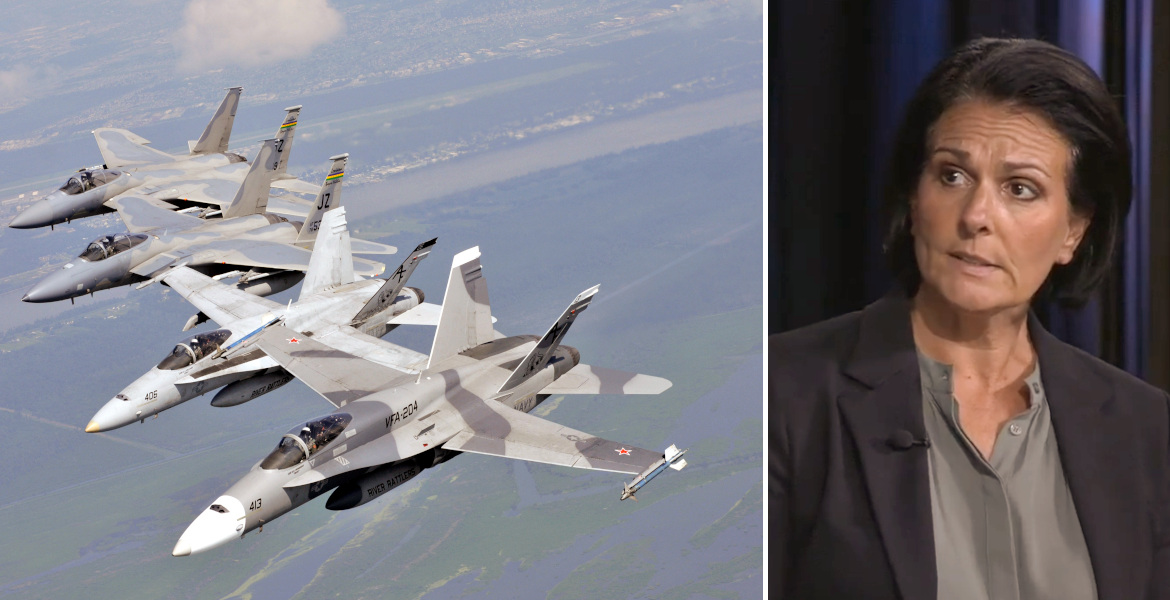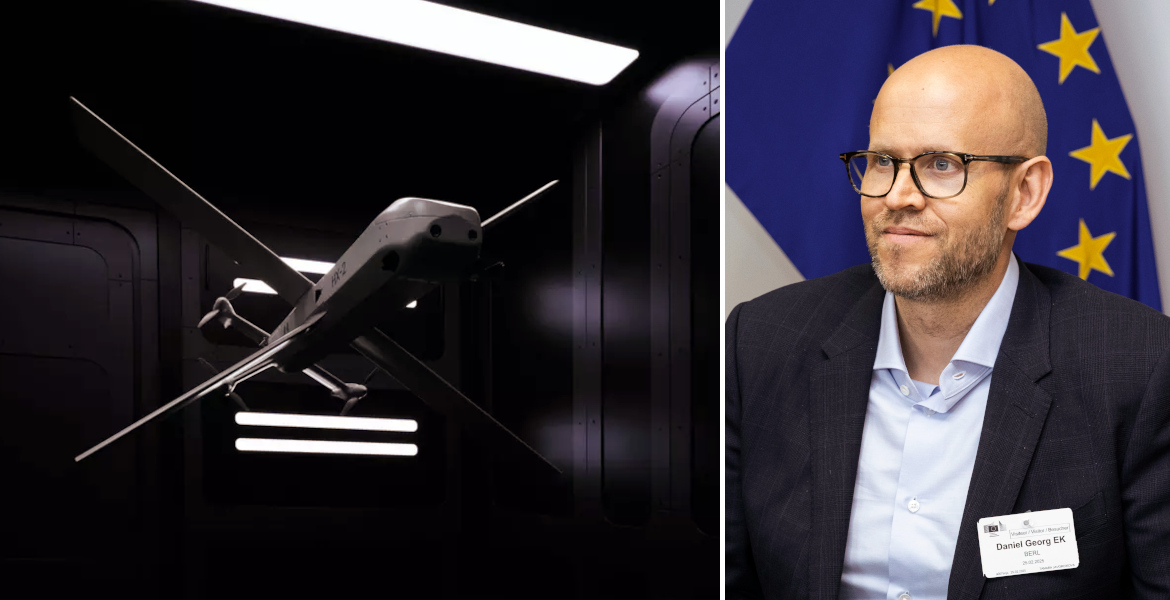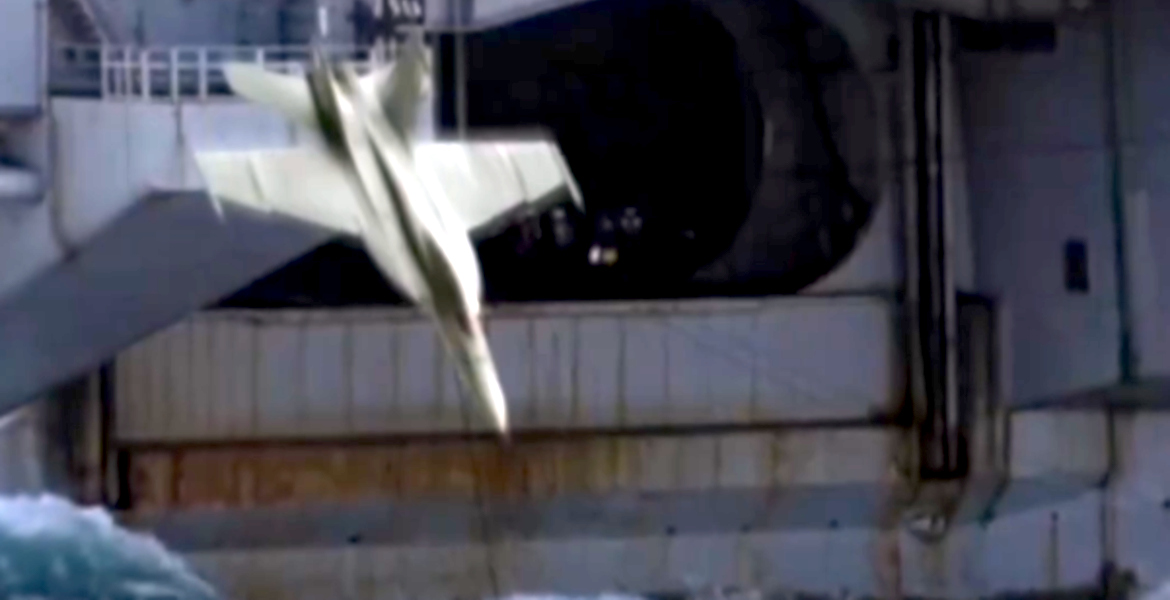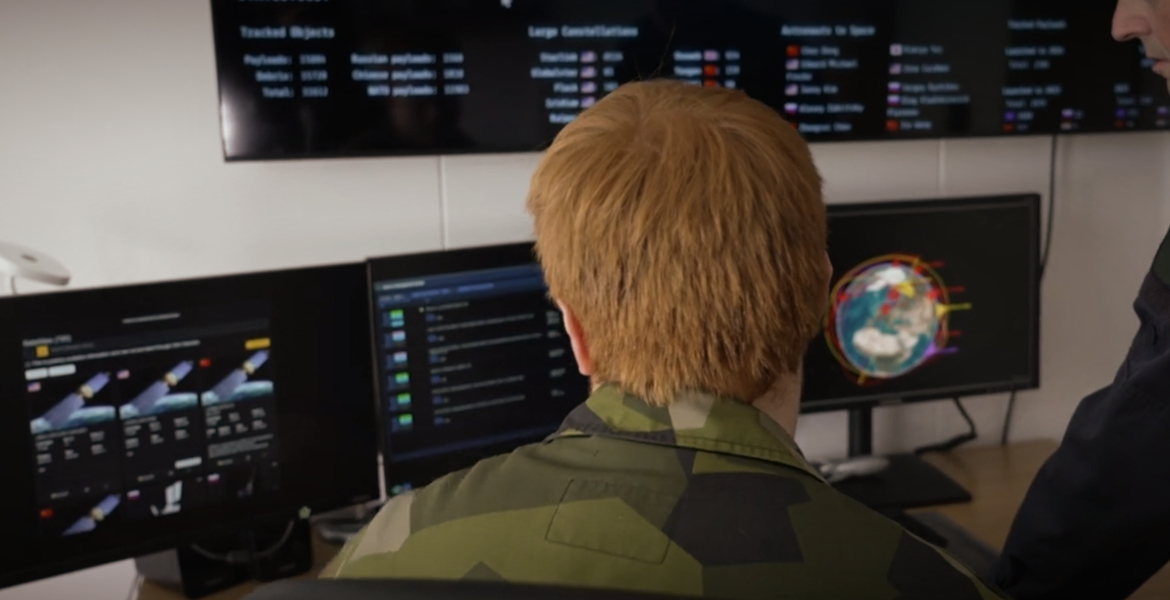As war rhetoric has escalated in recent years, advocates of peace and diplomacy have increasingly been met with suspicion, demonization, and stigmatization in public discourse – often accused of being either out of touch with reality or so-called "useful idiots" for the enemy.
However, Swedish peace researcher and US expert Frida Stranne notes that peace is neither frivolous nor naïve – but in fact "the only alternative to the total destruction of countries, societies and our shared environment.".
"Stopping a spiral of violence that risks leading us all to our deaths is one of the main tasks of politics. The dialogue that must precede peace requires far more intelligence and courage than pushing for increased militarization", she wrote on Facebook, citing the Cuban Missile Crisis as a telling example.
"John F. Kennedy, when he saved the world from nuclear war in 1962, understood the importance of understanding the interests and pretexts that drove his opponents. He also realized how poor intelligence (and propaganda from within his own ranks), political peer pressure, and an over-reliance on military solutions risked leading him to foolish and fatal decisions", she continues.
According to Stranne, Kennedy also understood the importance of avoiding symbolic actions to satisfy public opinion – but lacked strategic thinking.
"He realized that either he would contribute to an acceptable level of security for both the Soviets and the US, or no one would be safe".
"Don't have to be a pacifist"
Stranne points out that the Swedish diplomat Hans Blix similarly spoke of the need for "strategic empathy" – that is, it is the task of politicians to try to understand how other states or actors perceive the current situation, and what interests, fears or motives drive them to act as they do.
"This does not mean sympathizing with them, but having the wisdom to understand their perspective in order to anticipate the other's actions and thus make wiser decisions yourself - and avoid endless wars and, in the worst case, nuclear war", she explains.
"You don't have to be a pacifist to talk about ending war and building a sustainable peace - in fact, you can be a staunch advocate of strong military defense. Nor do you need to be naïve about your opponent. But you do need to realize that more weapons alone can never bring stability and security as long as unresolved security dilemmas remain", continues the peace researcher.
Looking away is the greatest cowardice
And above all, she stresses, our leaders need to abandon the idea that war can be understood in oversimplified terms of good and evil
"Looking away from your own responsibility in a conflict is the most cowardly and dangerous thing of all.".
Stranne also points out that in all wars – without exception – there are also interests that profit from war and rearmament and that have very extensive resources at their disposal that they can use to influence the public and their worldview in various ways.
"We have endless knowledge of how this works and several horrifying examples of how we have been lured into senseless spirals of violence on false grounds. It is the role of the media to never lose sight of their task to critically examine power based on these experiences. And not to let social media feeds driven by emotions - and not by knowledge - define how war and peace should be described", she concludes.




